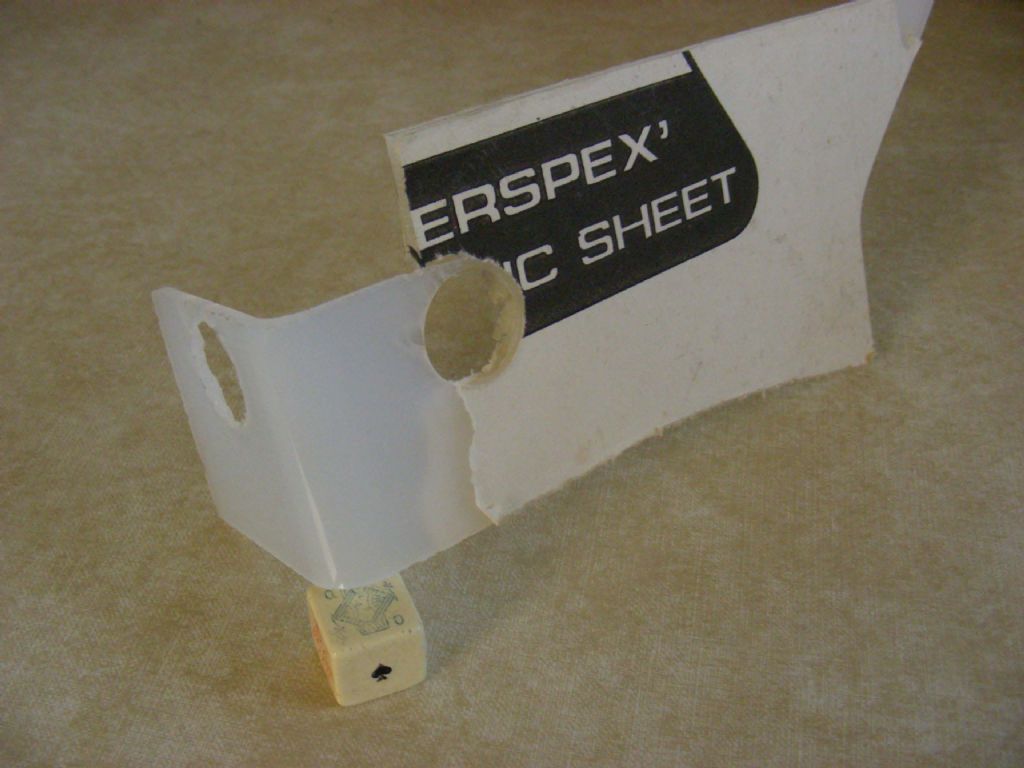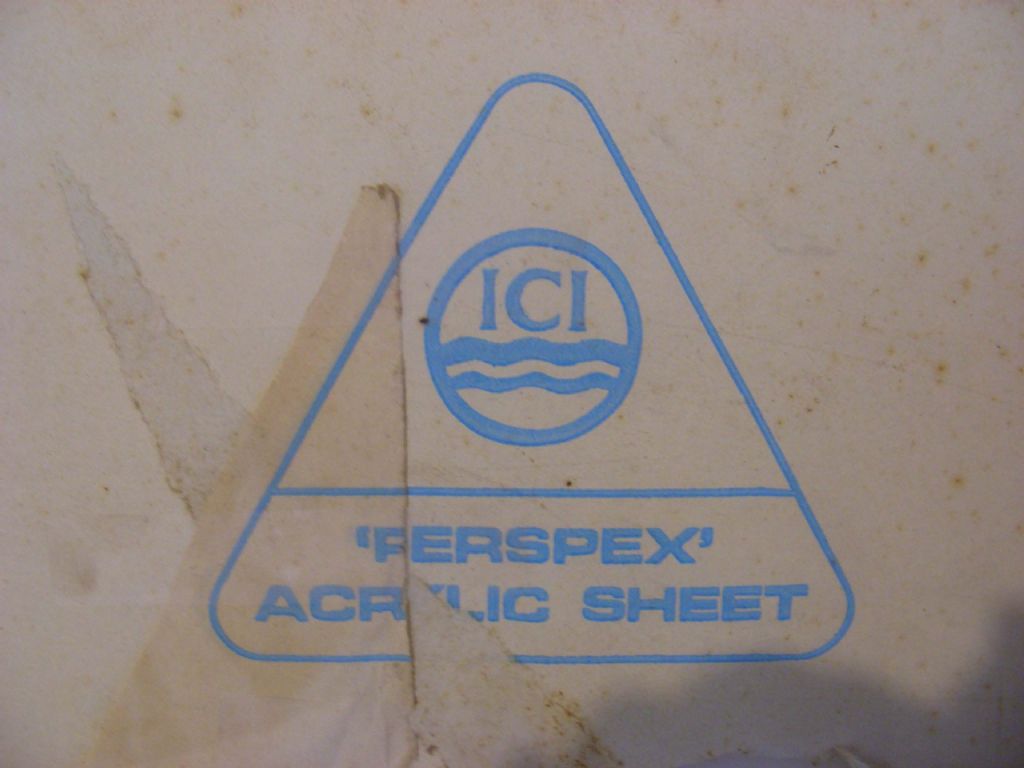Clive is right about there being a difference between extruded and cast Perspex. The big diy stores typically stock the extruded type, and I have always found it very difficult to work. Often the problems appear a day or two after you think you have finished! Stress fractures appearing on edges that have been sanded are common, usually at 90° to the edge. Stress cracks are also common along the bend line. It has has a very narrow working temperature range – too cold and it isn't plastic enough to bend, and too hot and bubbles appear within the material along with burning on the surface.
In contrast, cast acrylic seems to be less brittle. A bandsaw is fine for cutting, provided the feed rate is fairly moderate – 6 tpi is ok, though I have also used a 3 tpi blade and a slow feed rate successfully. Edges can be smoothed with a finely set smoothing plane, or on a disc sander, with none of the stress cracks that appear on extruded acrylic. I have always machined it at high tool speed and low feed rate, with small to moderate depth of cut – a compressed air blast can be used as a coolant. Excellent finish can be obtained with conventional metal cutting tools, such as on a lathe. Wet and dry followed by Brasso will give a mirror finish.
Clarke are one of the manufacturer of strip heaters (extensively used in schools), and with a former it is possible to achieve good quality bends. For glueing I always used Tensol cement – available as a liquid which relies on tight joints and capillary action, or as a thicker, almost gel, consistency which can fill smallish gaps (<1mm). Both are solvents, so the addition of acrylic dust from the sander can be used when no-one is looking!
I have used a hot air gun for bending – fine on small parts but absolutely useless on large parts because it is impossible to get the complete sheet at the correct uniform temperature, so any bending becomes an ugly distorted mess in no time. An oven is the only way, which may then lead to problems in handling the hot sheet without introducing finger marks or glove prints. My preference would be to use a strip bender and go for a hexagon or octagon shape rather than aim for a circular tube. Because you mention the possibility of glue joints being a problem, I wonder if a large lap joint would help, bonded with Tensol, so still glued of course, but maybe more suitable for what you have in mind (about which I know nothing!).
Educational sellers might be a good place to look for supplies – e.g. Technology Supplies
Eugene.






